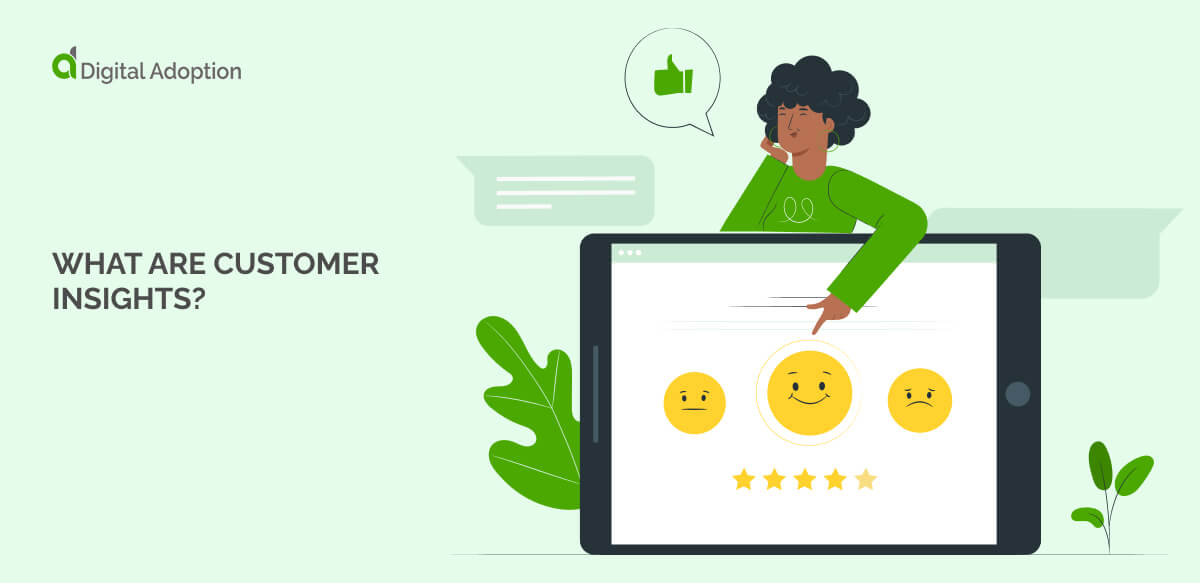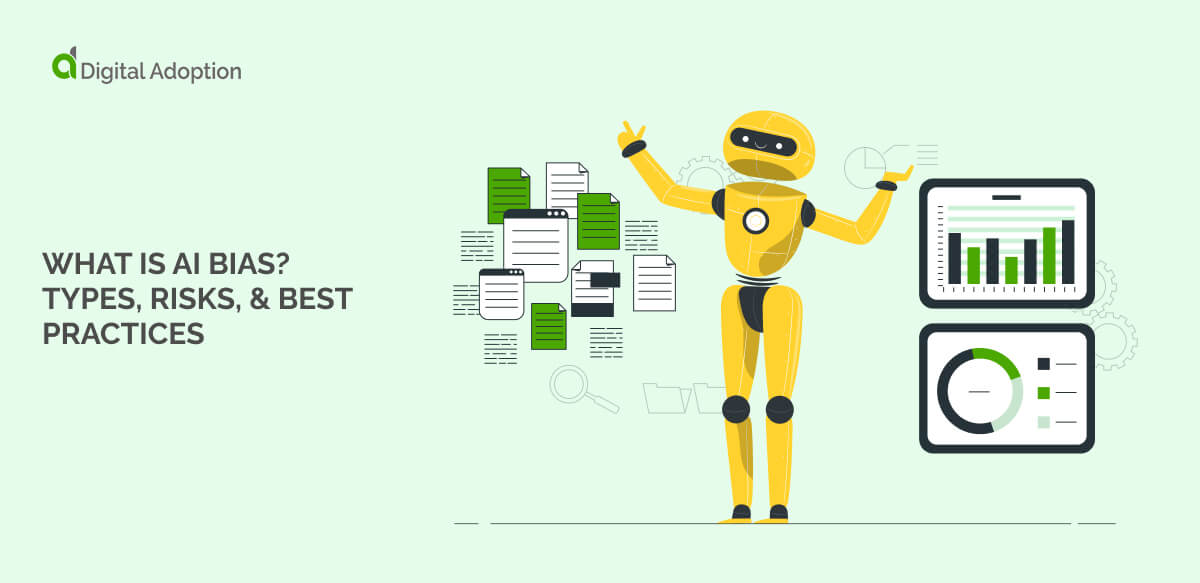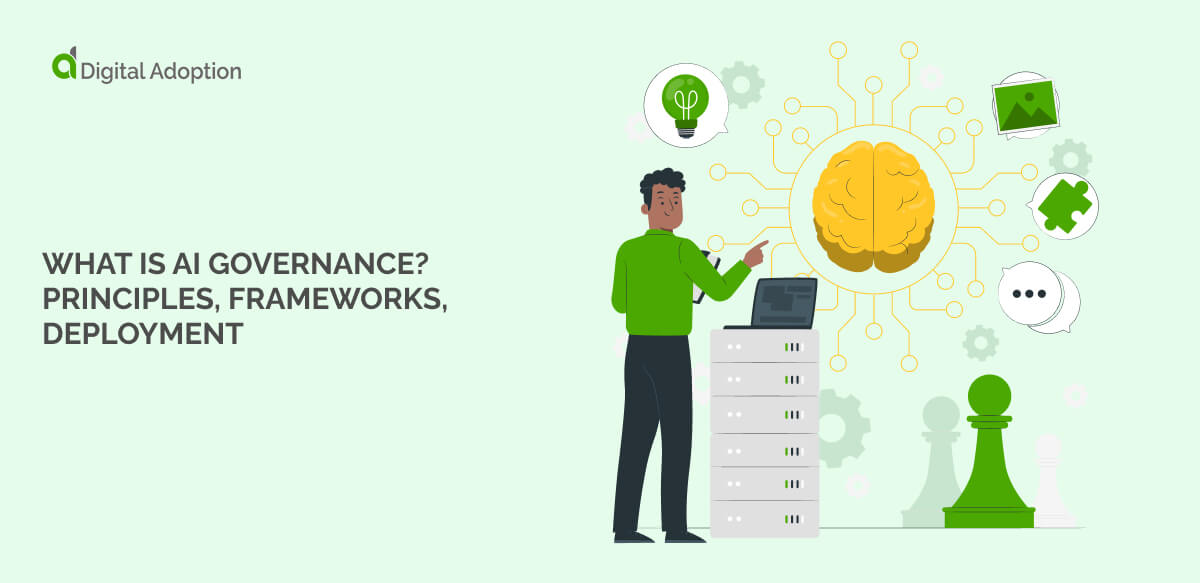What are customer insights?
Customer insights are when companies observe customer behavior, preferences, and needs by gleaning customer activity data. These insights are derived from analyzing multiple touchpoints, such as purchase histories, feedback surveys, social media interactions, and website activity.
They go beyond raw data, identifying patterns that reveal what motivates customers and how they interact with products or services. This understanding helps organizations anticipate customer needs and improve user satisfaction.
For example, tracking website behavior might reveal some customers abandoning their carts halfway through browsing. This insight can lead to strategies to reduce barriers to purchase. Similarly, feedback from customer service can highlight recurring pain points in a product or service.
Effective customer insights require interpreting findings using analytics tools, data collection platforms, and structured methodologies. They underpin better decision-making in product development, marketing, and customer success strategies.





